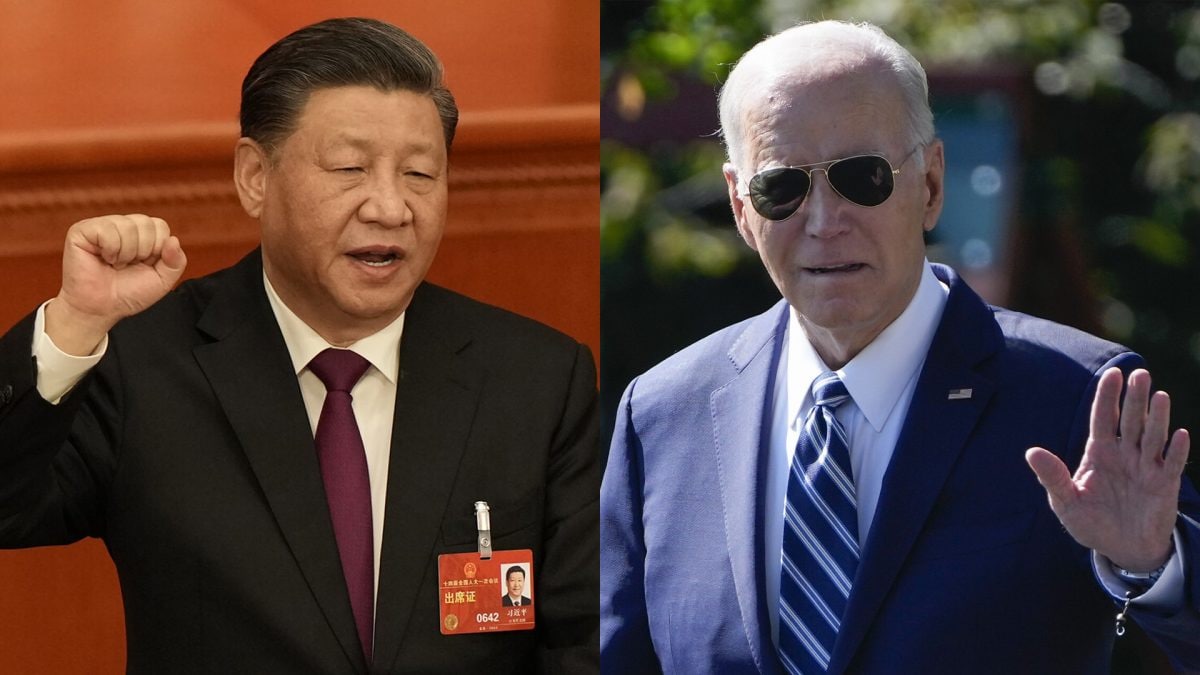
The United States is set to take a significant step in its ongoing efforts to address national security concerns related to Chinese technology. The US Commerce Department is expected to propose a sweeping ban on the use of Chinese hardware and software in connected and autonomous vehicles on American roads. This move is driven by fears that Chinese companies could exploit these technologies to gather sensitive data on drivers and infrastructure or even manipulate vehicles remotely.
The proposed regulation, which is anticipated to be announced on Monday, would prohibit the import and sale of vehicles equipped with critical communication or automated driving system components sourced from China. This ban would represent a substantial escalation in the US government’s broader strategy to limit Chinese influence in critical technology sectors. It follows recent actions by the Biden administration, including steep tariff hikes on Chinese imports, particularly electric vehicles (EVs), batteries, and key minerals.

Commerce Secretary Gina Raimondo has previously highlighted the dangers posed by the integration of Chinese technology in connected vehicles in the US. She noted the potential for catastrophic outcomes if millions of cars on American roads were compromised through the disabling of critical software. In response to these concerns, President Joe Biden ordered an investigation earlier this year to assess whether Chinese vehicle imports pose national security risks, particularly concerning connected-car technology.
The proposed rules, which will be open for public comment for 30 days before being finalised, would set a timeline for implementing these prohibitions. The ban on software is expected to take effect for vehicles in the 2027 model year, while the hardware ban would be implemented in January 2029 or the 2030 model year. The restrictions would apply to vehicles with certain Bluetooth, satellite, and wireless features, as well as highly autonomous vehicles that can operate without a driver.
The scope of the ban is not limited to China alone; it would also extend to other countries considered adversaries of the United States, including Russia. This broad approach underscores the administration’s commitment to securing the supply chain for connected vehicles, which have become increasingly prevalent on US roads. A bipartisan group of US lawmakers has previously expressed concerns about the risks posed by Chinese companies testing autonomous vehicles in the United States.
The collection and handling of sensitive data by these companies have raised alarms about potential vulnerabilities in the nation’s technological infrastructure. However, the proposed ban has raised concerns among major automakers, including General Motors, Toyota, Volkswagen, and Hyundai. These companies have warned that replacing hardware and software components in vehicles is not a simple task.
The extensive pre-production engineering, testing, and validation processes required for these systems mean that swapping out components for alternatives could be a lengthy and complex undertaking. The US government’s focus on ensuring the security of connected vehicles reflects the growing recognition of the risks associated with modern cars, which are increasingly seen as “smartphones on wheels.” These vehicles are interconnected with phones, navigation systems, critical infrastructure, and the companies that manufacture them, making them potential targets for cyber threats.
The upcoming regulations are part of a broader effort to safeguard US technology and infrastructure from foreign influence, particularly from countries that may pose a security risk. As the regulatory process unfolds, the automotive industry and other stakeholders will closely monitor the potential impacts of these measures on the market and the broader technological landscape..













